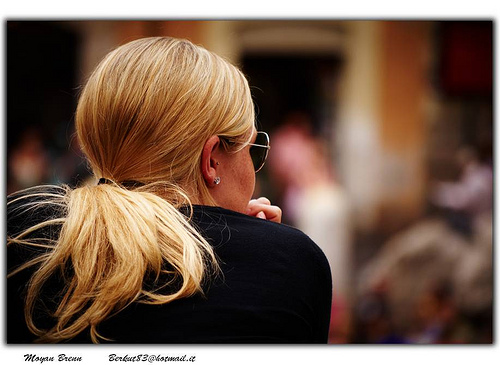State Vehicle
The infrastructure standard presented for the habitations this related to the application of one mentioned public politics already previously promoted by the State to the calls ‘ ‘ housings populares’ ‘ , where objective it is to prevent invasions taking care of has a specific parcel of the population, that one that its purchasing power does not allow to possess a house with proper resources. More what in the reality it represents is the social separation, concentrating the devoid population in one determined space. This reflects in problematic a common one in the underdeveloped countries, fruit of the description-social rugosidades and mainly the economic development that will permearo the process of urbanization of the cities. Beyond the constructions the presence of transport vehicles is also observed as car and motion of old model that is not manufactured more and generally is gifts in these peripheral localities is vehicles that do not possess documentation demanded for law, more had the fiscalization absence it makes with that they can circulate freely for the city. In accordance with Oak and I castrate (1967, p.316) ‘ ‘ The vehicle keeps narrow relation with the geographic way where he is employee, not only for the construction material, as for the adaptation to the obstacles of the passages … ‘ ‘. The vehicle most popular in the small cities is the motion due to some factors as: accessible price of what the automobile purchase facilitated with the parcelamento in diverse installments.
